Multidisciplinary investigations of the pile-dwellings in the Ljubljansko barje
Principal Investigator at ZRC SAZU
Anton Velušček, PhD-
Original Title
Multidisciplinarno raziskovanje kolišč na Ljubljanskem barju
Project Team
Maja Andrič, PhD, , Luka Krže, Janez Dirjec, Borut Toškan, PhD, , Martin Zupančič-
Project ID
L6-0137
-
Duration
1 January 2008–31 January 2011 -
Lead Partner
405 Wood Technology, Biotechnical faculty, University of Ljubljana (leading par…
Partners
405 Wood Technology, Biotechnical faculty, University of Ljubljana (leading par…, University of Natural Resources and Applied Life Sciences BOKU, Vienna, Austria , Universität Hamburg, Zentrum Holzwirtschaft, Hamburg, Germany
Keywords:: archaeology, dendrochronology, archaeozoology, palaeobotany, archaeobotany, geology, prehistory, pile dwellings, Ljubljansko barje (Ljubljana moor)
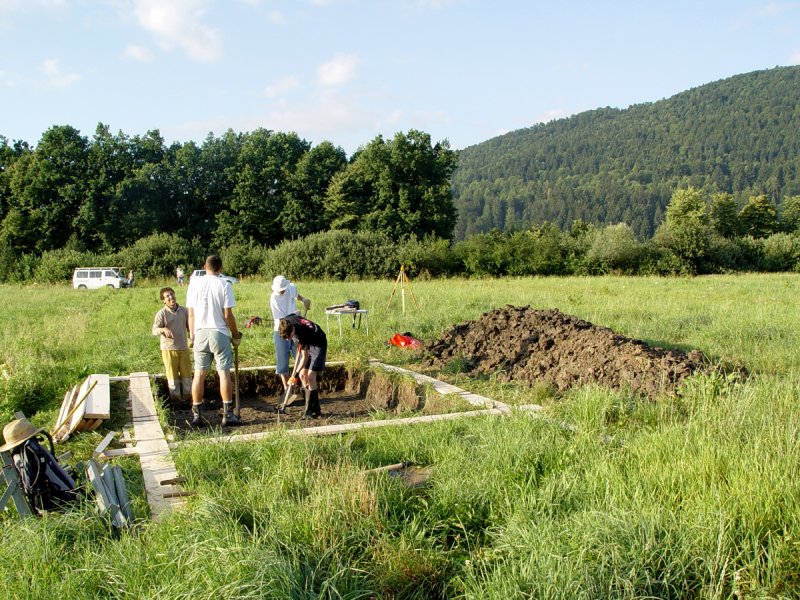
Stare gmajne at Ljubljansko barje. The test excavation, 2007. Photo: Dejan Veranič.
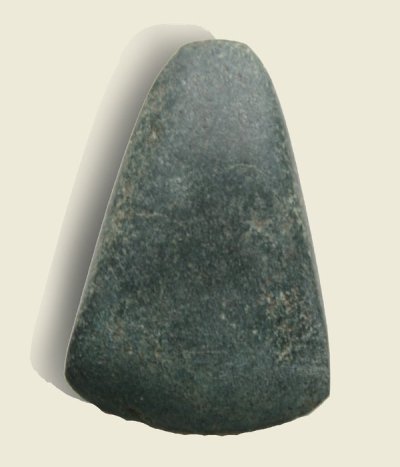
Stare gmajne at Ljubljansko barje (34th or 32nd century BC). Approx. 5 cm long flat axe is made of jadeite or eclogite from north-western Italy. Photo: Dragutin Valoh.
With the project “Multidisciplinary investigations of the pile-dwellings in the Ljubljansko barje” we would like to continue the interdisciplinary research of pile-dwelling settlements of the Ljubljansko barje.
Within the project we performed archaeological field actions in the Ljubljansko barje. Our work was involved the development of wetland research methodology.

Stare gmajne at Ljubljansko barje (32nd century BC). Remains of yarn were probably spun of fibre, which can be found in fruits and stems of plants from the family of grasses (Poaceae). Photo: Tomaž Lauko.
We performed the dendrochronological research and strive to synchronize dendrochronological curves of the Ljubljansko barje with absolutely dated chronologies of foreign institutions. Much attention was given to the paleoenvironmental research and the research of paleoeconomy.
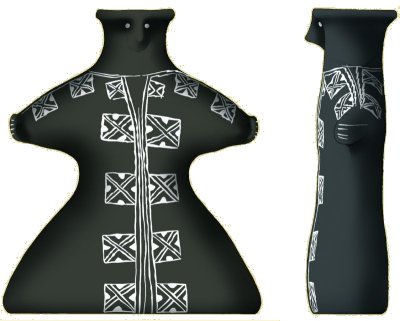
A reconstruction of the “Idol from Ig”; a figurative vessel from the pile-dwelling near Ig was found in 1877 by Karl Deschmann. Drawing: Tamara Korošec.
Archaeological finds were studied, interpreted, and presented in a catalogue since this project was also involve multidisciplinary publications of archaeological finds of the Ljubljansko barje and Slovenia in general.
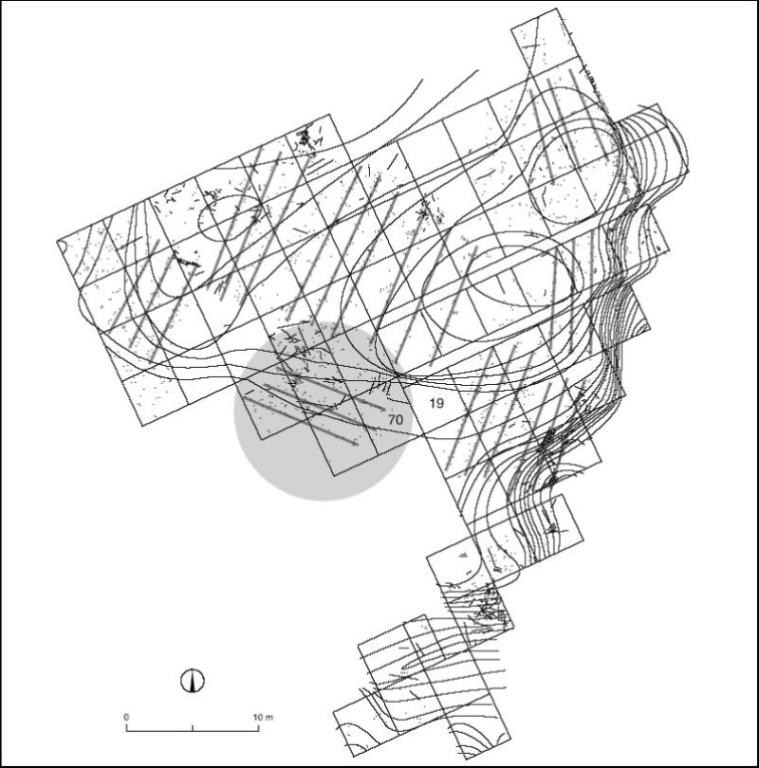
Maharski prekop near Ig. During the seventies the site was researched by Prof. Tatjana Bregant. Nowadays it is established that the pile-dwelling was settled for approx. 25 years until about 3490 BC.
A computer database about the research of archaeological sites (pile-dwelling settlements) of the Ljubljansko barje was also be established.
VELUŠČEK, Anton. Figuralna vaza s kolišča pri Igu, Ljubljansko barje, Slovenija. In: BLEČIĆ, Martina (ed.), ČREŠNAR, Matija (ed.), HÄNSEL, Bernhard (ed.), HELLMUTH, Anja (ed.), KAISER, Elke (ed.), METZNER-NEBELSICK, Carola (ed.), Scripta praehistorica in honorem Biba Teržan, (Situla, 44), Ljubljana: Narodni muzej Slovenije, 2007, str. [151]-168, ilustr. [COBISS.SI-ID 26829613].
VELUŠČEK, Anton (ed.), Koliščarska naselbina Stare gmajne in njen čas : Ljubljansko barje v 2. polovici 4. tisočletja pr. Kr. = Stare gmajne pile-dwelling settlement and its era : The Ljubljansko barje in the 2nd half of the 4th millennium BC, Opera Instituti archaeologici Sloveniae 16, 2009.
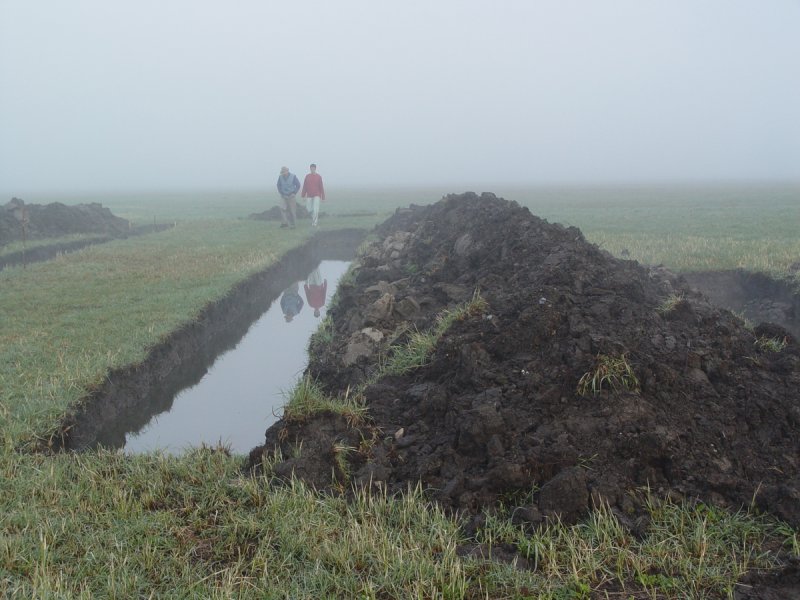
Maharski prekop near Ig, 2005. In the early morning the test trench was filled with water. Photo: Matija Turk.